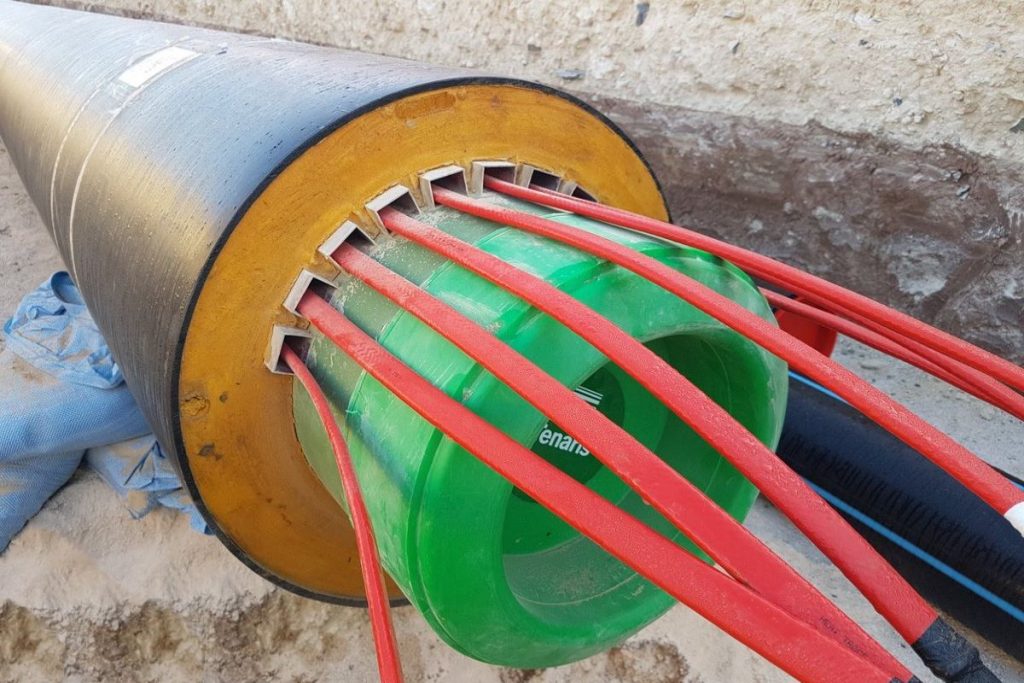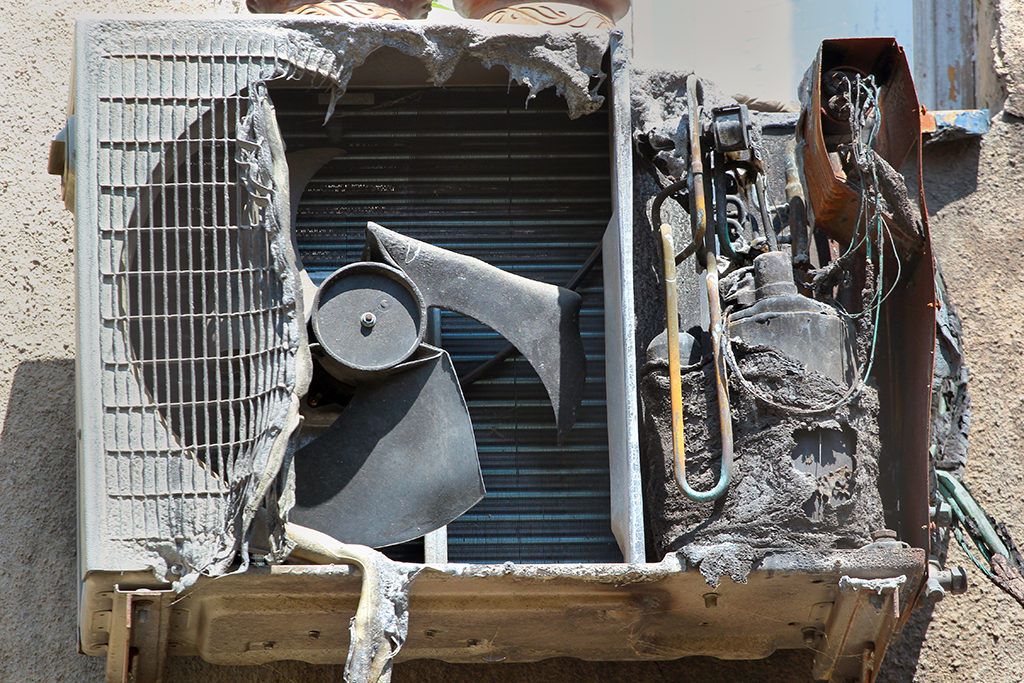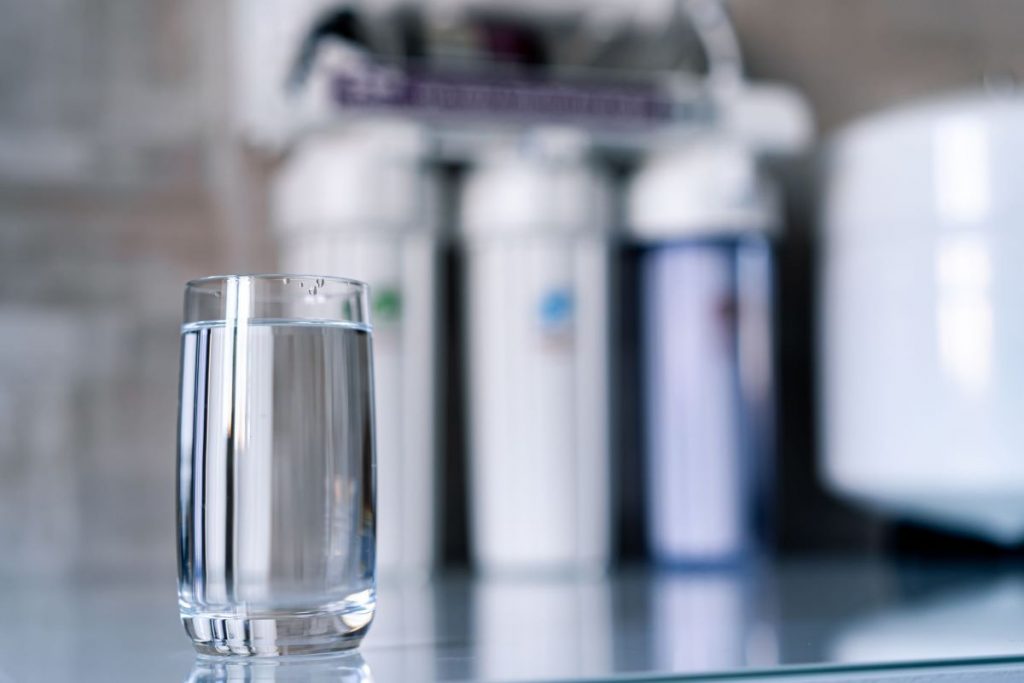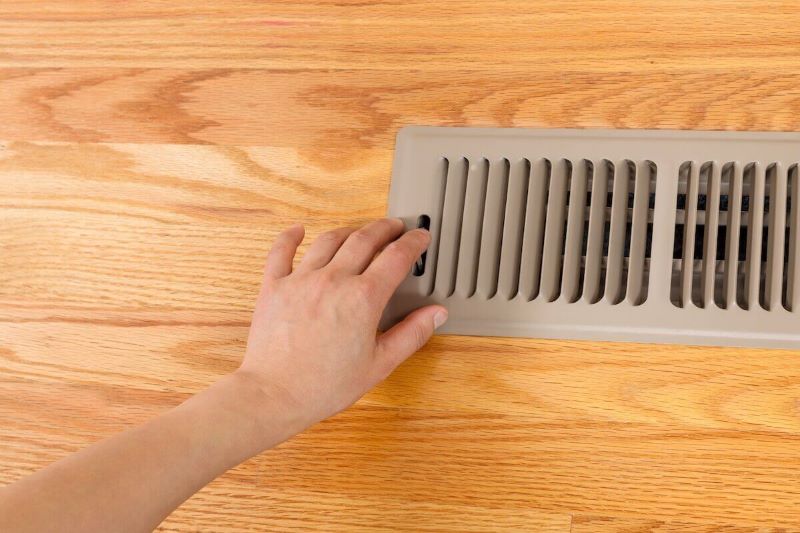Table of Contents
Electric trace heating. It’s one of those terms that is known by many different names. Some know it as electric heat tracing, while others habitually call it heat trace and still more refer to it as surface heating. But most will recognize the term electric trace heating.
Although keeping up with all the different variations of the term may be confusing, the basic concept it represents is relatively simple. Electric trace heating is a method used to keep various forms of piping warm enough to function as intended. This is done by installing a cable to the pipe and then insulating the pipe.
Objective
The objective of electric trace heating is two-fold: first to compensate for heat loss and second to prevent freezing by maintaining a minimum temperature. It does this by balancing heat loss with heat supplied, monitored by a thermostat which registers when the temperature drops below a predetermined level.
This allows pipes to transport substances sensitive to temperature changes, such as wax which will solidify at a particular temperature. Generally a cable is susceptible to freeze if it isn’t used for an extended period of time. But electric trace heating can prevent this problem, as well as address it if it does occur by thawing frozen pipes.
Installation
A benefit of this method is that it is simple to install and control. Ultimately it consists of attaching a heating cable to the pipe. Specific techniques are suggested when the piping bends, loops, or at valves or pumps. Upon completion, it is recommended to test the voltage of the heating cable to ensure it is working before use. It should be noted that proper personal protective equipment should always be used during installation.
When using this heating element you can determine if it will run continuously along the entire length of the pipe you are working with or if it will just cover a particular area susceptible to freezing. This is a notable benefit because on some projects you may confront small areas where piping is more likely to freeze.
Electric trace heating is one of several options for this type of task. Alternatives include steam trace heating and thermal insulation. However, steam is not always available, and sometimes neither convenient nor ideal. And the problem with thermal insulation is that it doesn’t entirely eliminate heat loss, although it does reduce it.
Development
How did this come about, you may wonder. Well follow me back to the beginning. We’re back in the 1930s. A lot of thought was being directed to how to keep piping at a stable enough temperature to transport substances. The idea of heat tracing developed and innovators started modifying equipment used for other applications to keep their pipes warm. This seemed to be a promising method that generated a lot of support.
Then the 1950s rolled around and so did mineral-insulated resistance heating cables which enhanced their ability to keep the pipes heated. Also, industry professionals found a way to cut cables to be the exact length needed which was a huge advance in the science because now pipes would only be heated where they needed to be.
Applications
Since anything is vulnerable to heat loss when its temperature is greater than ambient temperature, electric trace heating has many uses. It can be found on pipes, pipeline equipment, tanks, vessels, and various other instrumentation. Heat trace technology can be applied in various helpful uses, really anywhere were freezing presents an inconvenience or safety hazard.
For instance, when ramps or stairs are outside and exposed to the elements snow and ice accumulation is inevitable. But using this type of heat can help keep the area from freezing over and being a dangerous place to walk. Also, think about the snow and ice in roofs and gutters. Electric trace heating provides a clear path for melted ice and snow so it can flow down the spout and off the roof.
For those landscapers interested in maintaining a pond during winter months, this is an excellent option to consider so the pond won’t freeze. Those same landscapers can also warm their soil with this heating method, protecting the delicate lives of their plants.
Other potential uses include under-floor heating, door ice protection, window de-misting, and anti-condensation. It also serves a valuable anti-cavitation purpose when pumping; by raising the pressure difference it decreases the chance of cavitation. It could be used for many industries such as chemical companies, oil refineries, nuclear power plants, and even food factories.








